Home>Garden Essentials>What Seeds Can I Plant In August
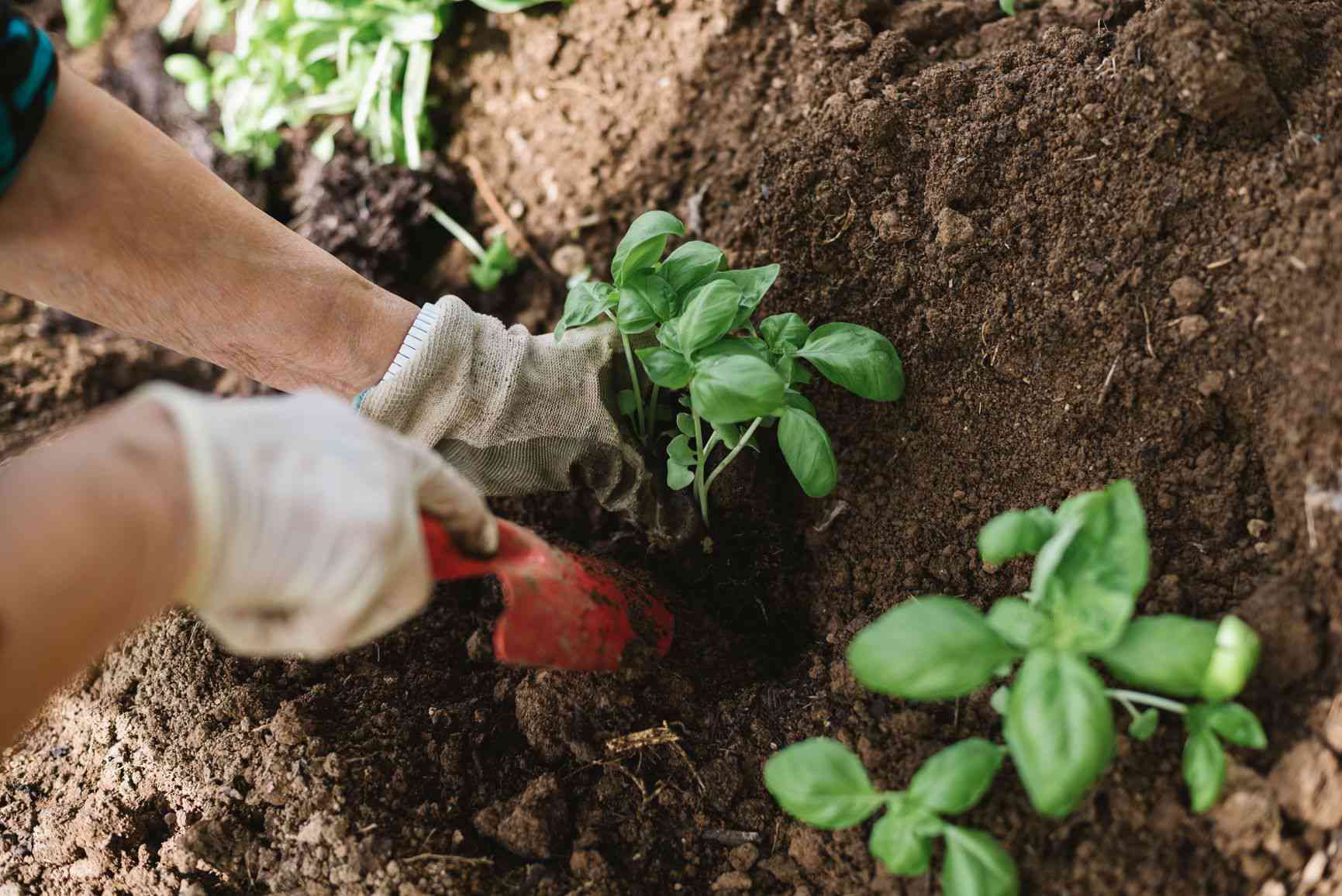

Garden Essentials
What Seeds Can I Plant In August
Modified: November 1, 2024
Discover the best seeds for your August garden. Explore a variety of vegetables, flowers, and herbs that thrive when planted in August.
(Many of the links in this article redirect to a specific reviewed product. Your purchase of these products through affiliate links helps to generate commission for Storables.com, at no extra cost. Learn more)
Introduction
Welcome to the wonderful world of gardening! If you’re new to gardening or a seasoned green thumb, you may be wondering what seeds you can plant in August. Planting seeds is an exciting process that allows you to watch your garden grow and flourish. While the height of summer may seem like an unusual time to plant, there are plenty of options for August planting that will add beauty and bounty to your garden.
August marks the transition from the hot summer months to the cooler temperatures of early fall. It’s a time when some plants may be starting to wind down, while others are just beginning to thrive. By choosing the right seeds and following some simple tips, you can make the most of the late summer season and ensure a successful harvest.
When selecting seeds for August planting, consider your climate and the specific conditions of your region. Different areas have different growing seasons and weather patterns, so it’s important to choose seeds that are suitable for your particular environment. Additionally, take into account the amount of sunlight your garden receives and the average temperatures during August.
In the following sections, we’ll explore the best seeds to plant in August, including flowers, vegetables, herbs, and fruits. By adding these plants to your garden, you’ll not only enjoy vibrant colors and fragrances but also reap the benefits of fresh produce and flavorful herbs. But before we delve into specific seeds, let’s take a closer look at the factors to consider when choosing seeds for August planting.
Key Takeaways:
- August is a great time to plant flowers like Zinnias and Marigolds, and vegetables such as lettuce and carrots. Choose heat-tolerant seeds and provide adequate water for a successful late summer garden.
- Plant herbs like basil and parsley in August for fresh flavors in your cooking. Consider planting fruit trees and shrubs like apple and peach trees for a fruitful harvest in the coming years.
Read more: When Can I Plant Poppy Seeds
Choosing the Right Seeds for August Planting
When it comes to choosing the right seeds for August planting, there are a few key factors to consider. First and foremost, look for seeds that have a shorter maturity time. Since the summer season is drawing to a close, it’s important to select plants that can reach maturity before the onset of frost.
Another important consideration is the heat tolerance of the seeds. August is typically a hot month in many regions, so opt for seeds that can withstand high temperatures and thrive in warm conditions. Look for varieties that are labeled as heat-resistant or heat-tolerant.
Additionally, consider the water requirements of the seeds. August is often a dry month, so choose seeds that can tolerate drought conditions and require less water. Drought-resistant varieties will have a better chance of survival and will require less maintenance in terms of watering.
Lastly, think about the specific needs of your garden and the available space. Take into account the amount of sunlight your garden receives during August and choose seeds that are suitable for those light conditions. Also, consider the size and layout of your garden to ensure that you have enough space to accommodate the plants you intend to grow.
By carefully selecting seeds that are appropriate for August planting, you’ll give your garden the best chance of success. So let’s dive into some specific seeds that you can plant in August to add beauty, flavor, and freshness to your outdoor space.
Flowers to Plant in August
August is a wonderful time to add some colorful blooms to your garden. While many flowers may be reaching the end of their blooming period, there are still several varieties that can be planted in August to bring vibrant hues and fragrances to your outdoor space.
One popular flower to plant in August is the Zinnia. These beautiful annual flowers come in a wide range of colors, from bright pinks and oranges to soft pastels. Zinnias are known for their long-lasting blooms and their ability to attract butterflies and bees. They thrive in full sun and require well-drained soil, making them a perfect addition to your late summer garden.
Another stunning flower to consider is the Marigold. These bold and cheerful flowers come in various shades of yellow and orange and are great for adding a pop of color to any garden bed or container. Marigolds are easy to grow and are known for their pest-repellent properties, making them a favorite among gardeners.
If you’re looking for a flower that will continue to bloom throughout the fall, the Aster is an excellent choice. These daisy-like flowers come in a range of colors, including purple, pink, and white. Asters prefer full sun and well-drained soil, and they attract butterflies and bees, making them a valuable addition to any garden ecosystem.
For a touch of elegance and fragrance, consider planting some Lilies in August. These perennials come in a variety of colors and their large flowers and sweet scent will bring beauty to your garden. There are many different types of lilies, such as Asiatic, Oriental, and Trumpet, and each variety has its own characteristics and bloom time.
Other flowers that can be planted in August include Sunflowers, Cosmos, and Nasturtiums. Sunflowers are known for their tall stature and bright yellow petals, while Cosmos offer delicate and colorful blooms. Nasturtiums, on the other hand, provide both beautiful flowers and edible leaves and flowers that add a peppery flavor to salads and other dishes.
Before planting any flowers, prepare the soil by removing weeds and adding compost or organic matter to improve its texture and fertility. Follow the instructions on the seed packets for planting depth and spacing, and water the newly planted seeds regularly until they establish themselves.
By adding these flowers to your garden in August, you’ll be rewarded with vibrant colors and lovely scents that will continue to brighten your outdoor space well into the fall.
Vegetables to Plant in August
August is a great time to plant vegetables that can thrive in the late summer and early fall seasons. By choosing the right vegetables to plant in August, you can enjoy a bountiful harvest and continue to enjoy fresh, homegrown produce well into the cooler months.
One popular vegetable to plant in August is lettuce. There are many different varieties of lettuce available, including leaf lettuce, romaine, and head lettuce. Lettuce thrives in cooler temperatures, so planting it in August allows it to mature before the frost sets in. It is a versatile vegetable that can be used in salads or as a base for sandwiches and wraps.
Carrots are another vegetable that can be planted in August. These root vegetables prefer cooler weather, making the late summer and early fall an ideal time for planting. Carrots come in a variety of colors, shapes, and sizes, and are packed with essential nutrients and dietary fiber. They can be enjoyed raw, cooked, or used in soups and stews.
Broccoli is a nutritious and flavorful vegetable that can be planted in August. It is a cool-season crop that thrives in the mild temperatures of the fall season. Broccoli is rich in vitamins and minerals and can be steamed, roasted, stir-fried, or added to soups and casseroles.
Another excellent vegetable to consider planting in August is radishes. These fast-growing root vegetables are easy to grow and have a crisp texture and peppery flavor. They can be added to salads, roasted, pickled, or enjoyed as a crunchy snack.
Spinach is a leafy green that can be planted in August for a fall harvest. It is rich in vitamins A and C and can be enjoyed raw in salads or cooked in various dishes. Spinach prefers cooler temperatures, so planting it in August allows it to grow and flourish before the cold weather arrives.
Other vegetables that can be planted in August include beets, kale, Swiss chard, and green beans. Beets can be harvested for their root, which can be roasted, boiled, or pickled, while the beet greens can be enjoyed as a nutritious addition to salads or sautéed as a side dish. Kale and Swiss chard are leafy greens that thrive in cooler weather and can be used in a variety of recipes, from smoothies to soups. Green beans are a versatile vegetable that can be eaten fresh or cooked, and they are a great addition to salads, stir-fries, and side dishes.
Before planting vegetables, prepare the soil by removing any weeds and adding compost or organic matter to improve its fertility. Follow the instructions on the seed packets for planting depth and spacing, and provide regular water to ensure proper germination and growth.
By planting these vegetables in August, you’ll be able to enjoy a delicious and nutritious harvest well into the fall season.
In August, you can plant seeds for cool-season vegetables like lettuce, spinach, radishes, and carrots. These crops thrive in the cooler temperatures of late summer and early fall.
Herbs to Plant in August
August is the perfect time to add some fresh herbs to your garden. Whether you’re an avid cook or simply enjoy the aroma and beauty that herbs bring to your outdoor space, planting herbs in August will allow you to enjoy their flavors and benefits well into the fall season.
One herb that thrives in late summer is basil. This aromatic herb is known for its distinct and rich flavor, which is perfect for adding a fresh taste to salads, pasta dishes, and sauces. Basil loves warm weather and plenty of sunlight, making it an ideal herb to plant in August. You can choose from various types, such as Genovese, Thai, or Lemon basil, each with its unique taste and culinary uses.
Parsley is another herb that can be planted in August. This versatile herb adds a pop of freshness to a wide range of dishes, from soups and stews to salads and pasta. Parsley prefers cool weather, so planting it in August allows it to establish before the temperatures start to drop in the fall. It’s worth noting that parsley is a biennial plant, meaning it will grow in the first year and then produce seeds in the second year.
Dill is an herb that thrives in the late summer and early fall. Known for its feathery foliage and distinctive taste, dill is a beautiful addition to any garden. The leaves and seeds are used for culinary purposes, with the seeds adding a unique flavor to pickles and the leaves enhancing the taste of fish dishes, salads, and sauces.
Chives are a perennial herb that can be planted in August for a fall harvest. These onion-like herbs have a mild, delicate flavor and can be used as a garnish or added to dishes like soups, salads, and omelets. Chives prefer full sun and well-drained soil and can be easily grown in containers or garden beds.
Other herbs to consider planting in August include rosemary, thyme, and sage. Rosemary is a woody herb that adds a robust flavor to roasted meats, vegetables, and bread. Thyme is a versatile herb that pairs well with a wide range of dishes, from meats and soups to sauces and marinades. Sage, with its earthy and slightly peppery flavor, is perfect for seasoning dishes like poultry, stuffing, and roasted vegetables.
When planting herbs, ensure that you have well-drained soil and choose a sunny location for optimal growth. Depending on the herb, you can start from seeds or purchase young plants from a local nursery. Follow the instructions on the seed packets or plant tags for spacing and water requirements, and be sure to provide regular care and maintenance for your herbs.
By planting these herbs in August, you’ll have a constant supply of fresh flavors to enhance your culinary creations and bring a touch of greenery to your garden.
Read more: When Can I Plant Bermuda Grass Seed
Fruits to Plant in August
August is a fantastic time to plant fruit trees and shrubs in your garden. While many fruiting plants take several years to produce a bountiful harvest, planting them in August gives them a head start and increases their chances of thriving in the coming seasons.
One popular fruit tree to consider planting in August is the apple tree. There are countless apple varieties to choose from, each with its unique flavor and characteristics. Apple trees require full sun and well-drained soil to flourish. They also benefit from cross-pollination, so planting multiple apple trees or choosing self-fertile varieties will increase your chances of a successful harvest.
Peaches are another delicious fruit that you can plant in August. These sweet, juicy fruits are a delight to enjoy fresh off the tree. Like apple trees, peach trees require full sun and well-drained soil. They also prefer a slightly acidic soil pH. With the right care and proper pruning, peach trees can provide you with a harvest of delectable fruits within a few years.
If you have limited space, consider planting berry bushes in your garden. Blueberries, raspberries, and blackberries are all excellent choices for late summer planting. Blueberry bushes prefer acidic soil and require regular watering. Raspberries and blackberries, on the other hand, can tolerate a wider range of soil conditions and require a support structure to keep their canes upright.
Strawberries are a favorite fruit for many gardeners. While they are typically planted as bare-root or potted plants in early spring, some varieties can be successfully planted in late summer or early fall. Check with your local nursery for suitable strawberry varieties that can be planted in August for a harvest the following year.
For those who love citrus fruits, consider planting a citrus tree in August. Citrus trees, such as lemon, lime, or orange, can bring a touch of tropical flavor to your garden. However, it’s important to note that citrus trees are more sensitive to cold temperatures, so they are best suited for regions with mild winters or for container gardening where they can be moved indoors during colder months.
When planting fruit trees or shrubs, choose healthy and disease-resistant varieties from a reputable nursery. Follow the planting instructions provided, ensuring that you dig a hole deep enough to accommodate the root ball and provide adequate space for the tree or shrub to grow. Water regularly, especially during dry spells, and apply mulch around the base of the plant to retain moisture and suppress weeds.
By planting these fruit trees and shrubs in August, you’re investing in the future of your garden and can look forward to reaping the rewards of your labor with a fruitful harvest in the coming years.
Tips for Successful Planting in August
Planting in August may present some unique challenges due to the transitioning weather conditions. However, with a little planning and preparation, you can ensure a successful planting experience and set your garden up for a thriving late summer and fall season.
1. Choose the right seeds: Select seeds that have shorter maturity times and are suitable for late summer planting. Look for varieties that are labeled as heat-resistant or heat-tolerant to withstand the hot August temperatures.
2. Consider your climate: Take into account your region’s specific climate and growing season when selecting seeds. Different areas have different weather patterns, so choose seeds that are suitable for your specific environment.
3. Provide adequate water: August is often a dry month, so make sure to provide sufficient water for your plants. Water them deeply and regularly to ensure proper hydration, especially during hot spells or dry periods.
4. Prepare the soil: Before planting, prepare the soil by removing any weeds and adding compost or organic matter to improve its texture and fertility. This will provide a nutrient-rich environment for your plants to thrive.
5. Protect from pests: Late summer months can attract a range of pests to your garden. Implement preventive measures such as using organic pest control methods, installing physical barriers, or companion planting to deter pests and protect your plants.
6. Provide shade and mulch: August can bring intense sunlight and high temperatures. Provide shade for delicate plants by using shade cloth or planting them near larger plants that can provide natural shade. Additionally, apply a layer of mulch around your plants to help retain moisture and regulate soil temperature.
7. Monitor for pests and diseases: Regularly inspect your plants for any signs of pests or diseases. Early detection can prevent the spread of infestations and help you take appropriate action to protect your garden.
8. Prune for growth and shape: Proper pruning can help optimize plant growth and shape. Prune any dead or damaged branches and trim back overgrown areas to encourage healthy growth and better air circulation.
9. Provide support for vining plants: If you’re growing vining plants such as tomatoes or beans, provide sturdy trellises or stakes to support their growth. This will keep them off the ground, improve air circulation, and prevent diseases.
10. Stay consistent with care: Consistency is key when it comes to caring for your plants. Maintain a regular watering schedule, keep an eye out for signs of stress or nutrient deficiencies, and address any issues promptly to ensure the health and productivity of your garden.
By following these tips, you can maximize your chances of success when planting in August. Embrace the opportunities that late summer presents and enjoy a thriving garden filled with beautiful flowers, delicious vegetables, fragrant herbs, and bountiful fruits.
Conclusion
Planting seeds in August may seem like a challenge, but with the right knowledge and preparation, you can create a thriving garden that will bring you joy and abundance well into the fall season. Whether you choose to plant flowers, vegetables, herbs, or fruits, there is a wide range of options to suit your preferences and the specific conditions of your garden.
When selecting seeds for August planting, consider the maturity time, heat tolerance, water requirements, and specific needs of your garden. Choose varieties that can reach maturity before frost sets in and can withstand the hot temperatures of late summer. Ensure that your soil is well-prepared and enriched with organic matter to provide a nutrient-rich environment for your plants to grow.
By planting flowers, you can add vibrant colors, delightful fragrances, and beneficial pollinators to your garden. From zinnias and marigolds to asters and lilies, there are numerous options to choose from that will bring beauty and biodiversity to your outdoor space.
When it comes to vegetables, options like lettuce, carrots, broccoli, and radishes thrive in the late summer months. These varieties offer delicious flavors and essential nutrients to level up your meals. Remember to provide ample water and follow the proper spacing and care instructions for a successful harvest.
Herbs are a delightful addition to any garden, and planting basil, parsley, dill, chives, and other herbs in August will ensure a fresh supply of flavorful ingredients for your culinary adventures. The aroma and taste of homegrown herbs can elevate your dishes and provide a sense of satisfaction.
For those with space and patience, planting fruit trees and shrubs in August can yield a fruitful harvest in the coming years. Apple and peach trees, along with berry bushes and citrus trees, can provide a source of delicious fruits to enjoy straight from your own garden.
Remember to follow the specific planting instructions for each seed or plant, including proper spacing, watering, and care. Monitor the growth of your plants, address any pest or disease issues promptly, and provide the necessary support or protection for optimal results.
With these tips and guidelines, you are well-equipped to embark on your late summer planting journey. Embrace the beauty of nature, savor the flavors of homegrown produce, and enjoy the rewards of your hard work and dedication. Happy planting!
Frequently Asked Questions about What Seeds Can I Plant In August
Was this page helpful?
At Storables.com, we guarantee accurate and reliable information. Our content, validated by Expert Board Contributors, is crafted following stringent Editorial Policies. We're committed to providing you with well-researched, expert-backed insights for all your informational needs.
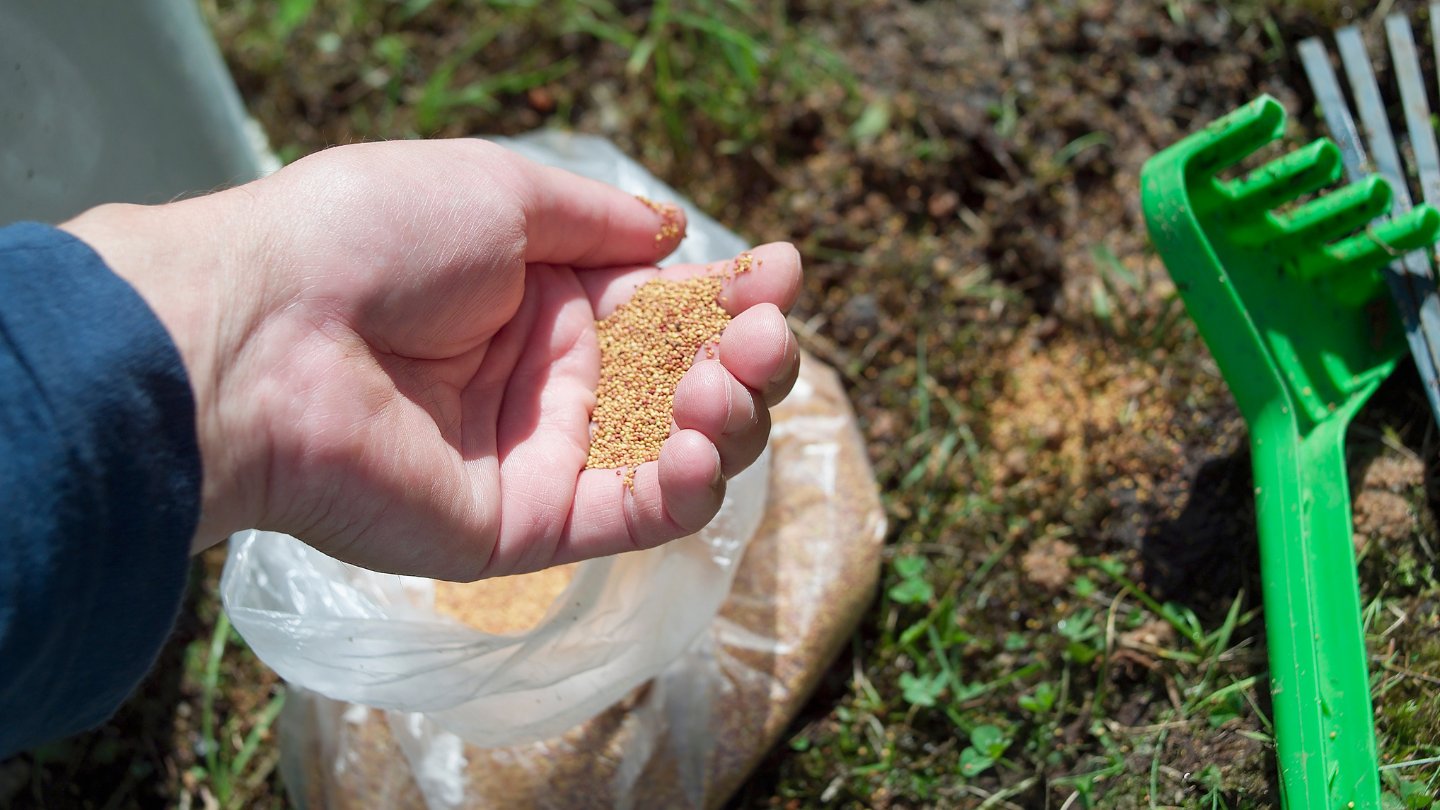
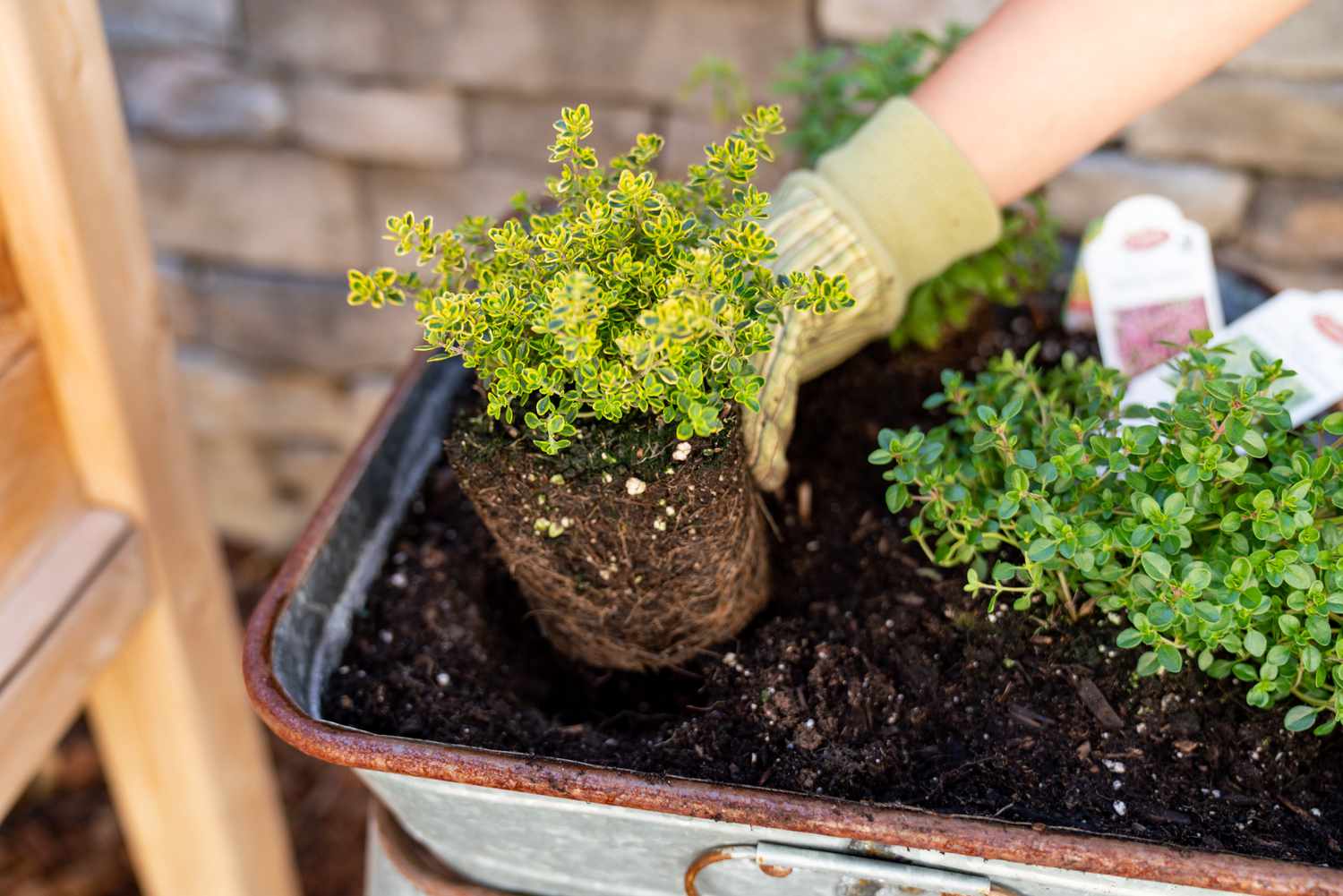
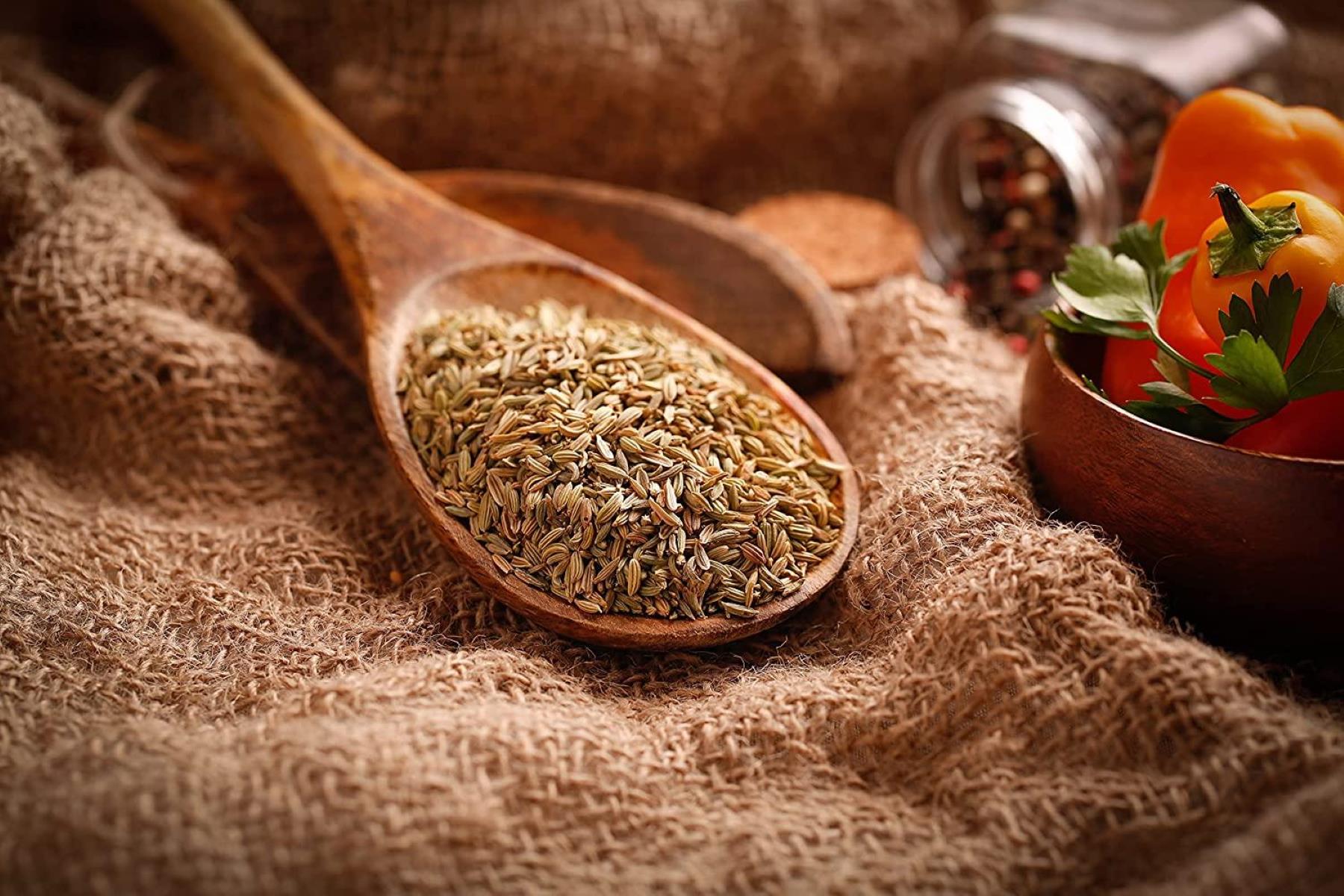
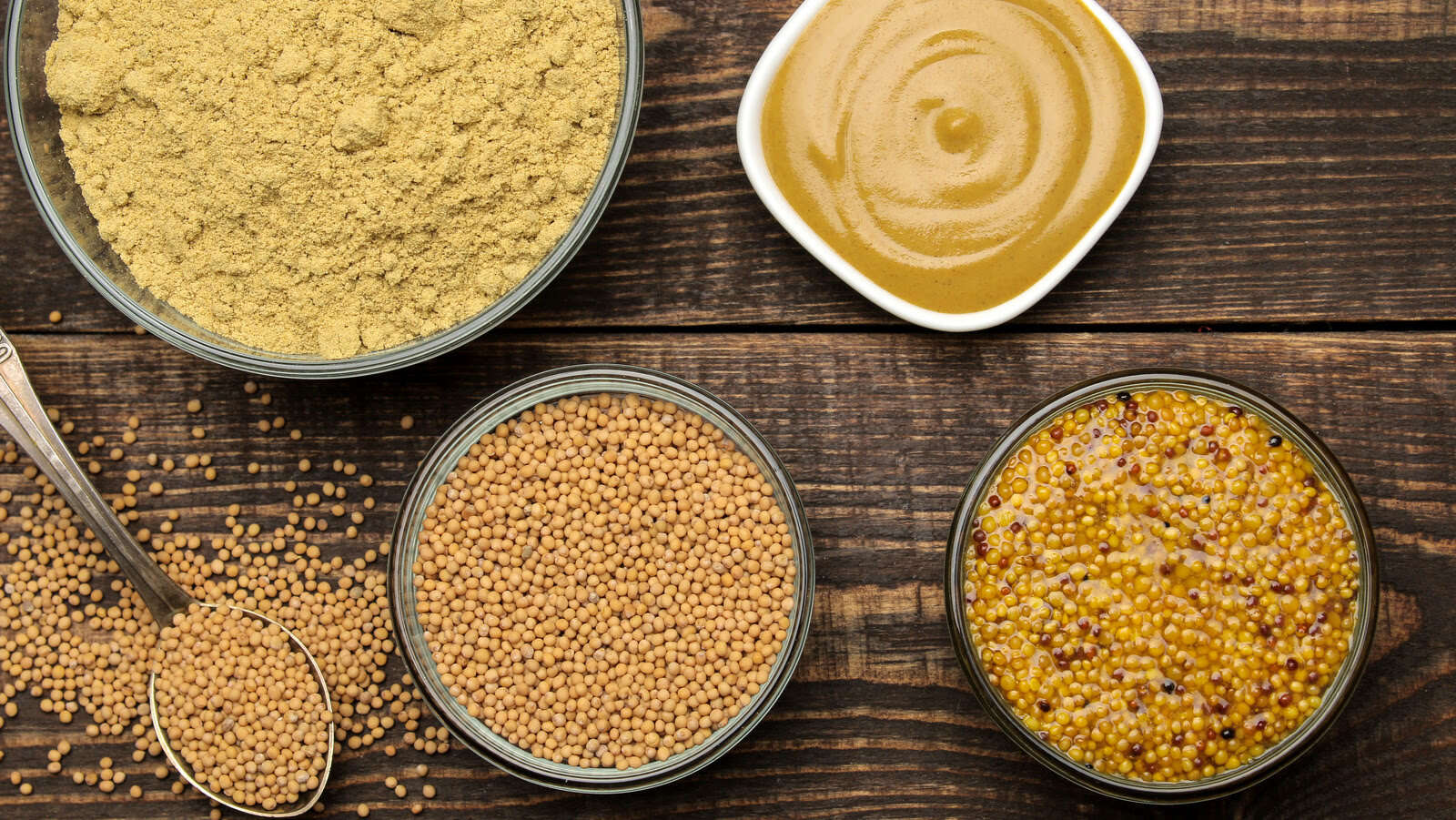
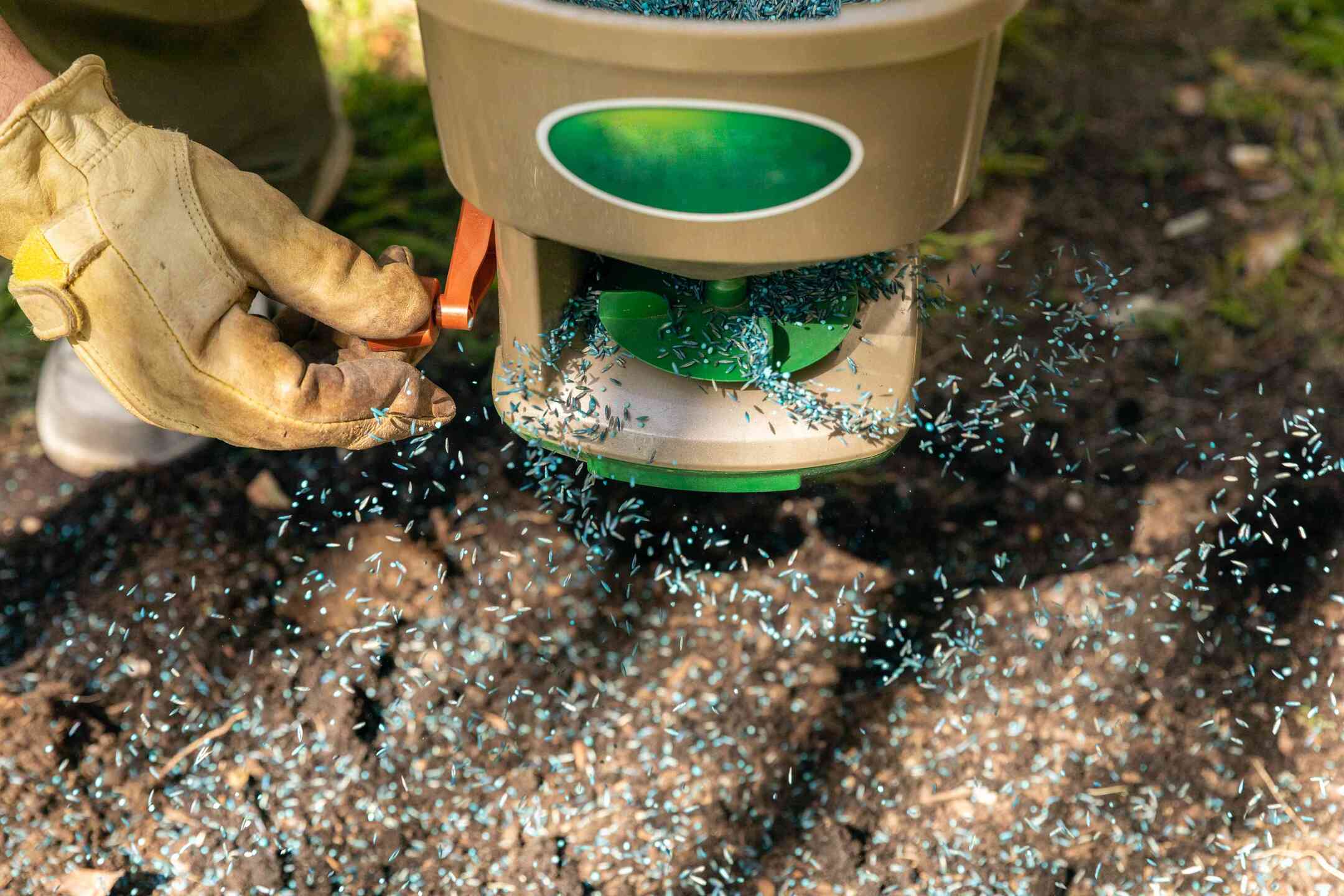
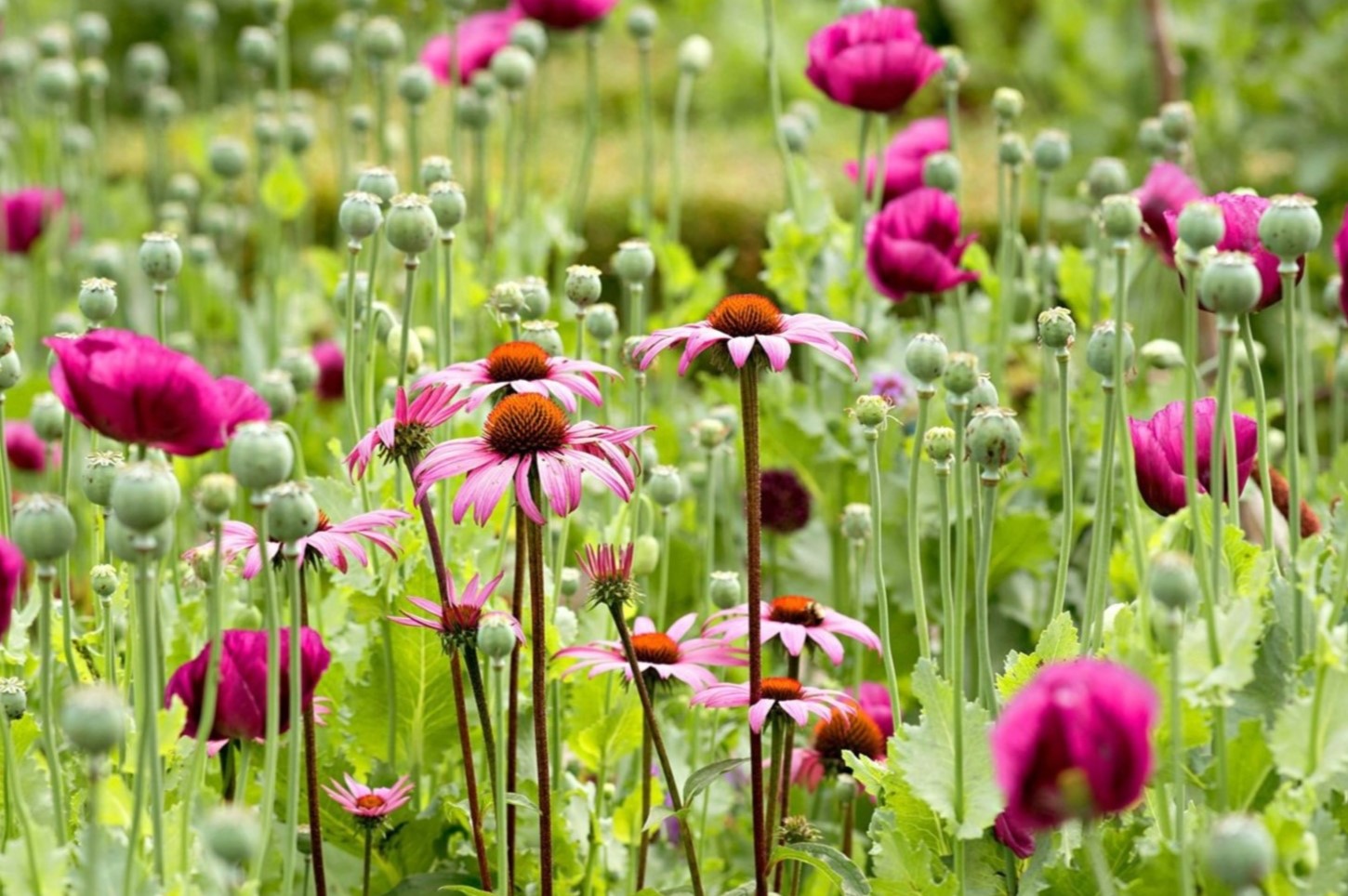
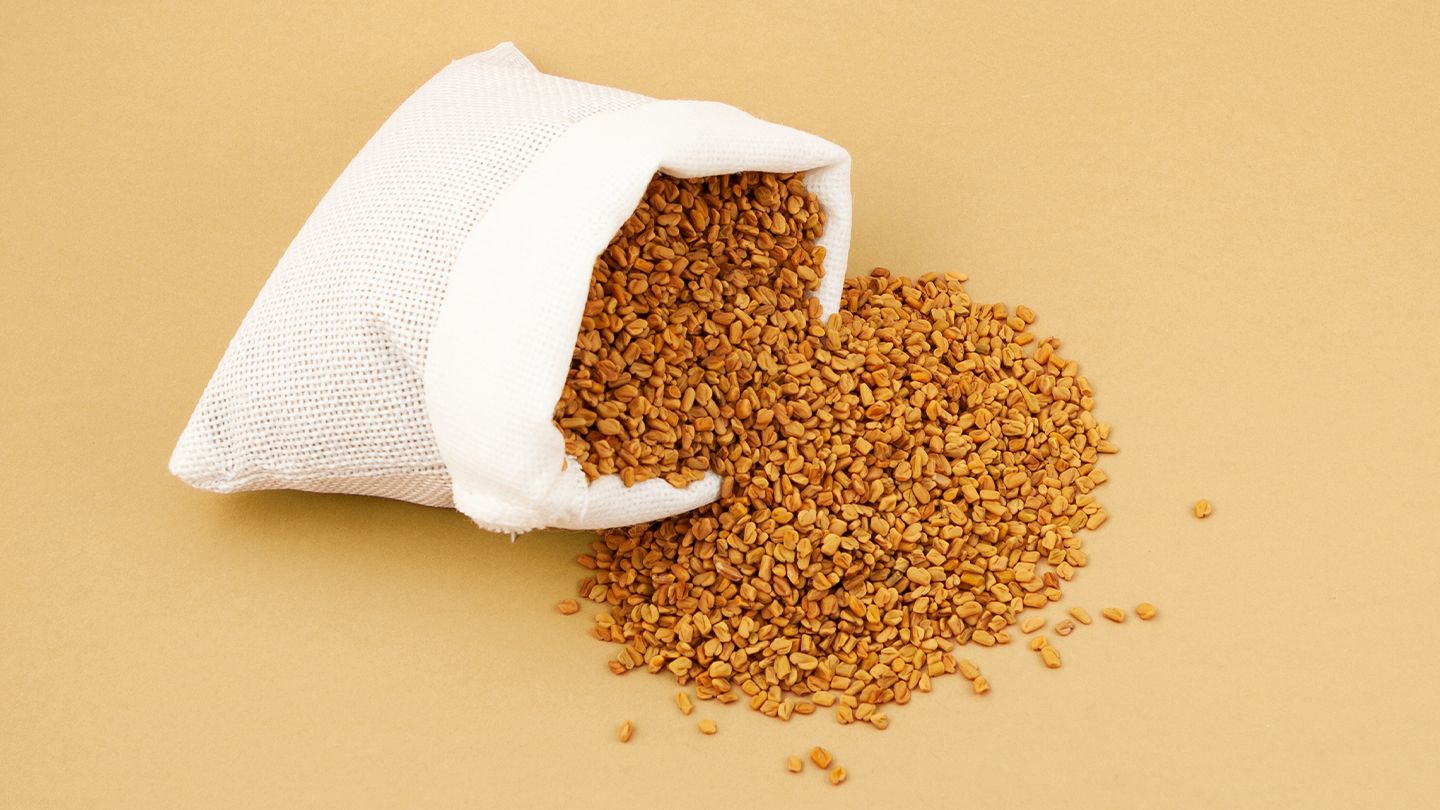
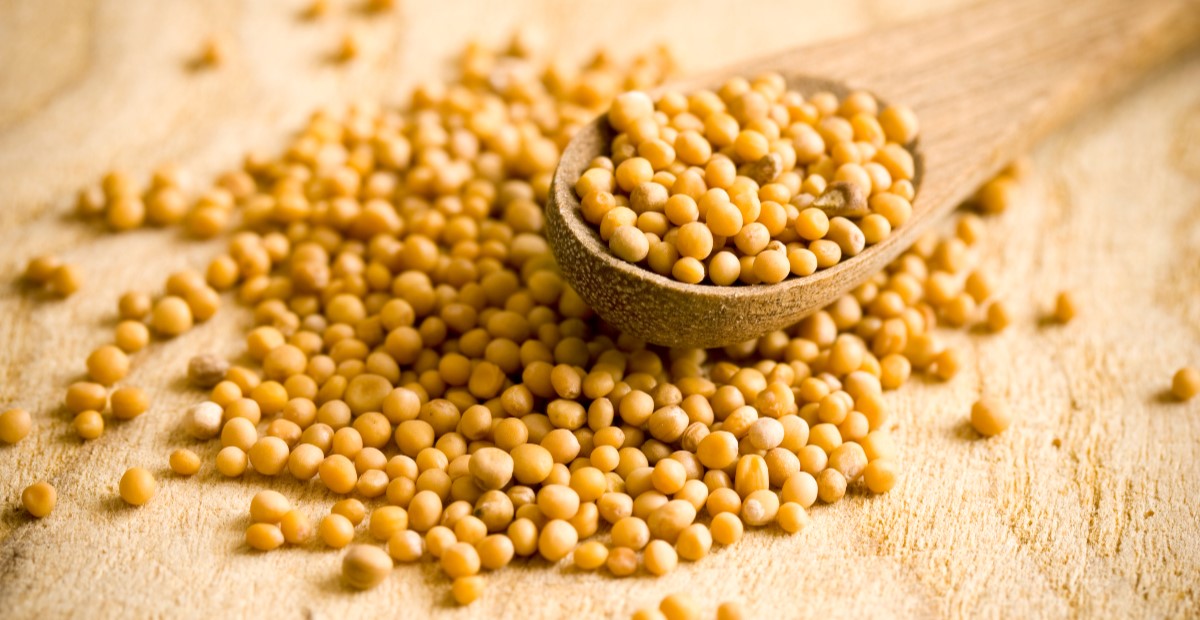
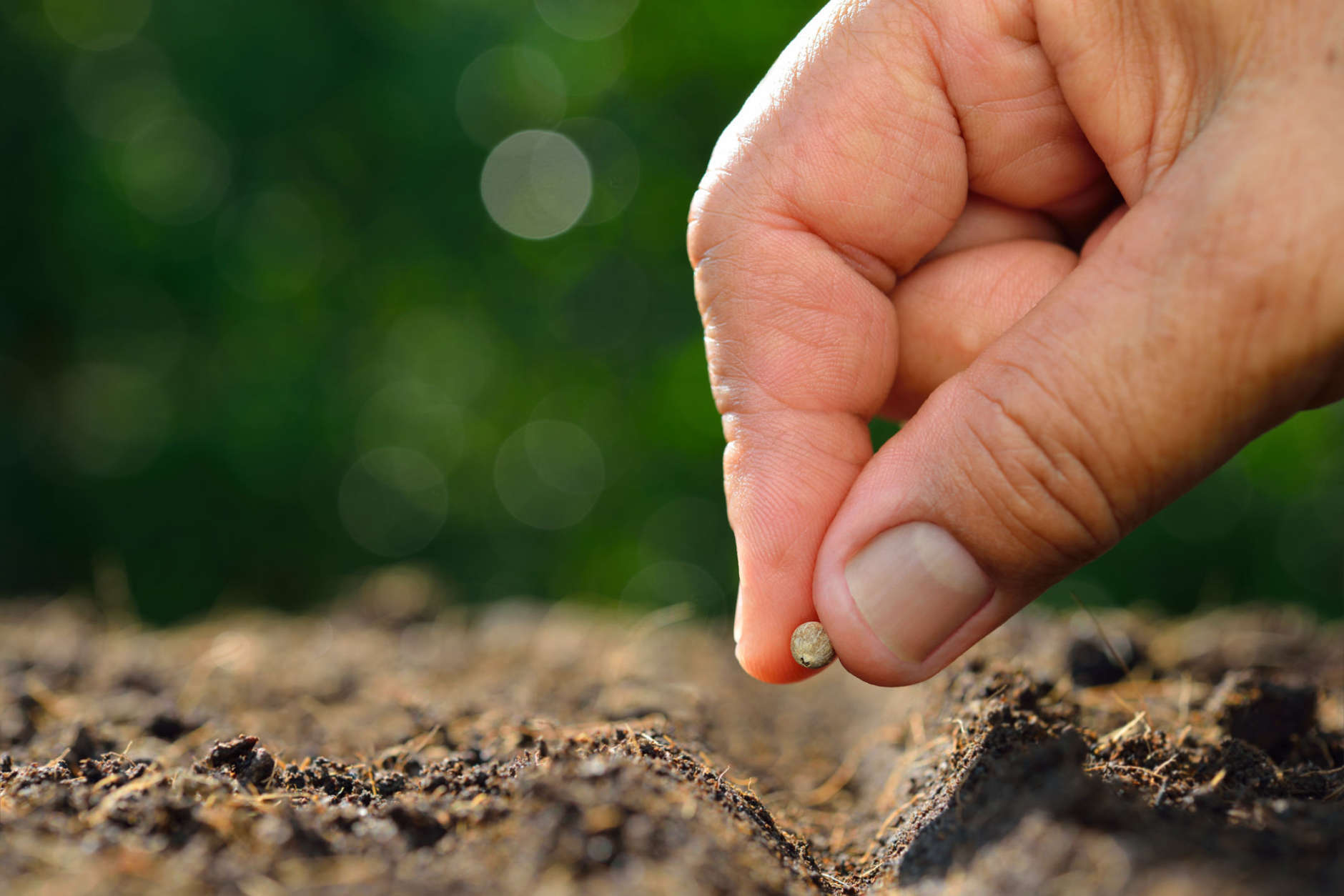
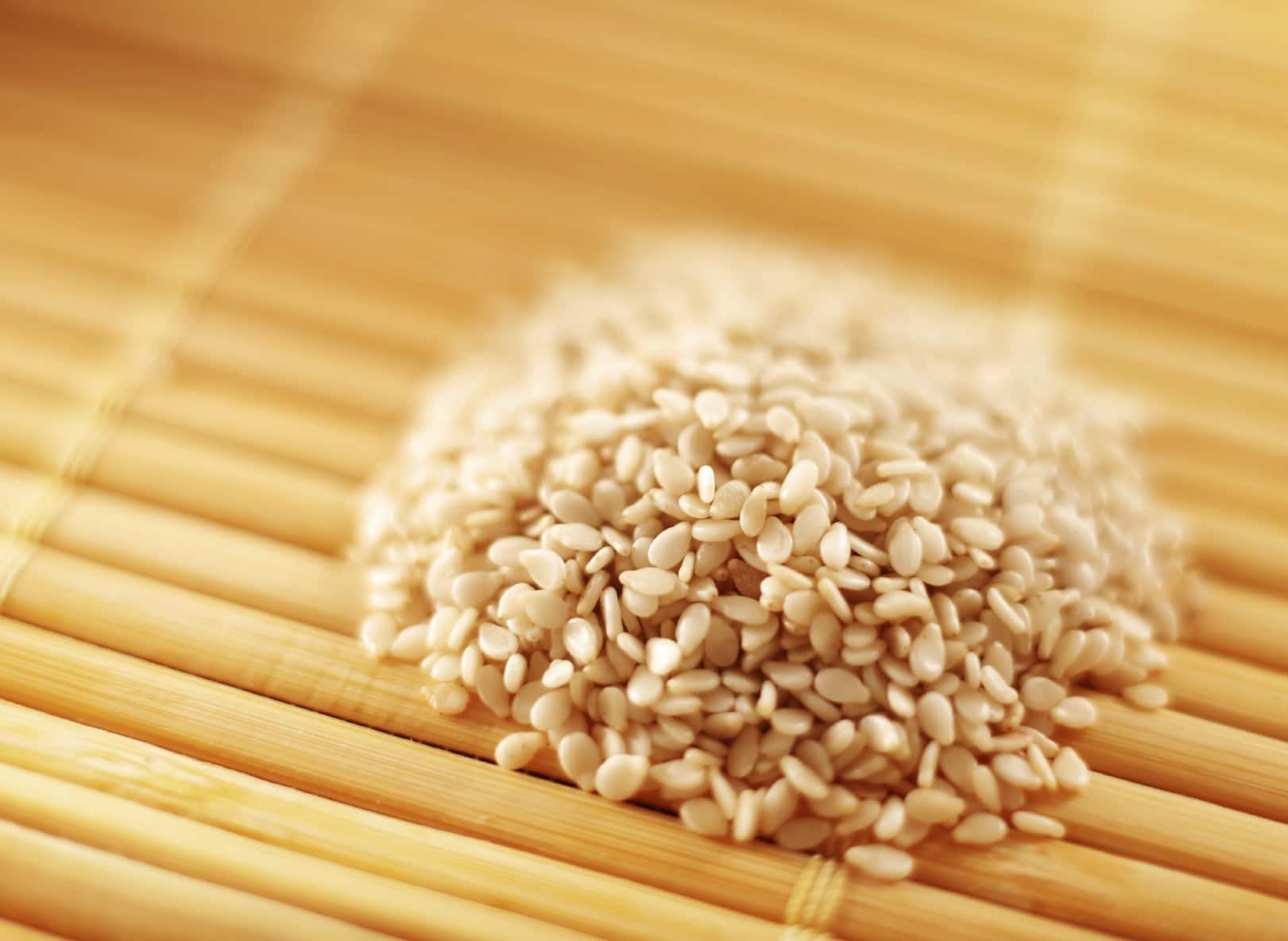
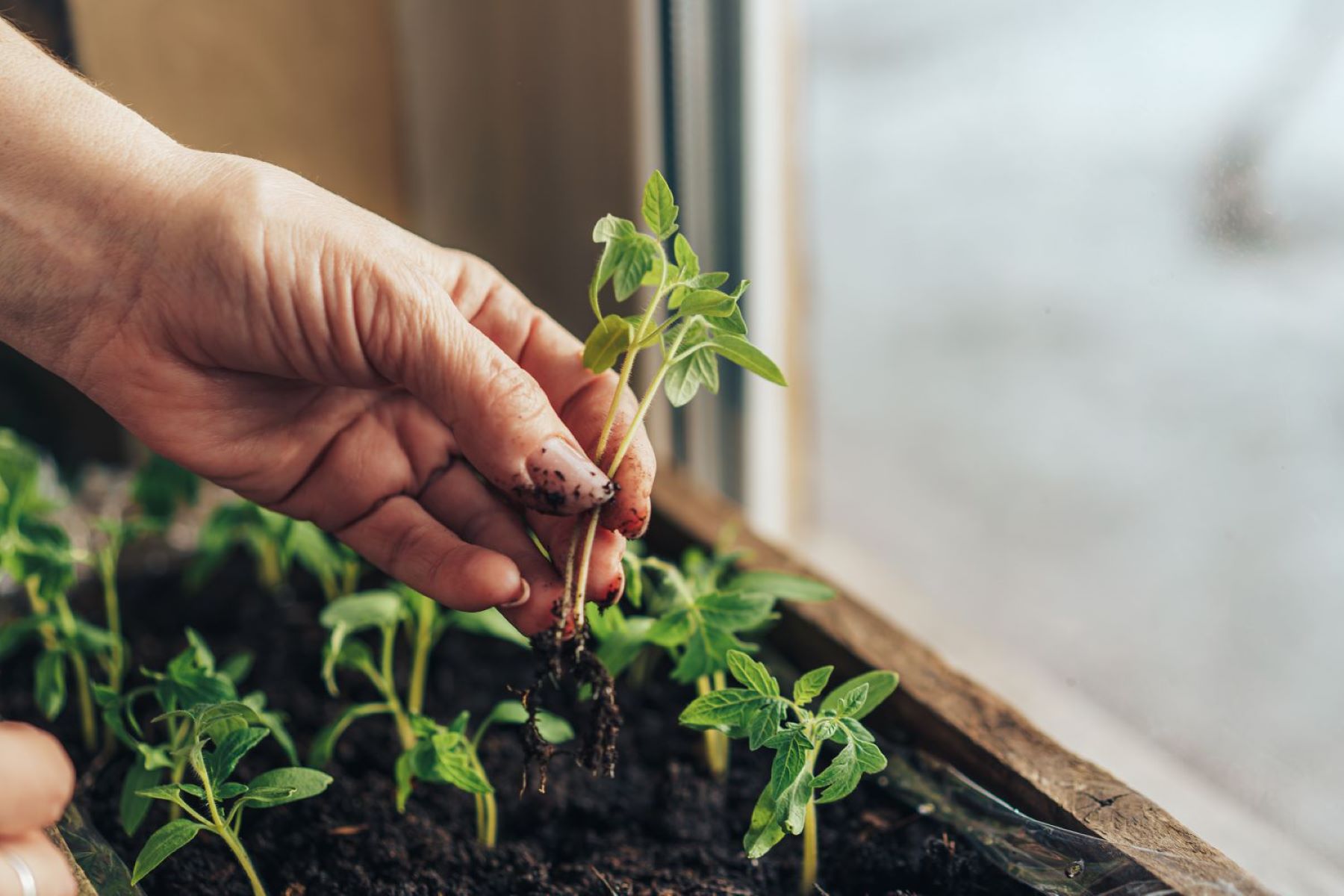
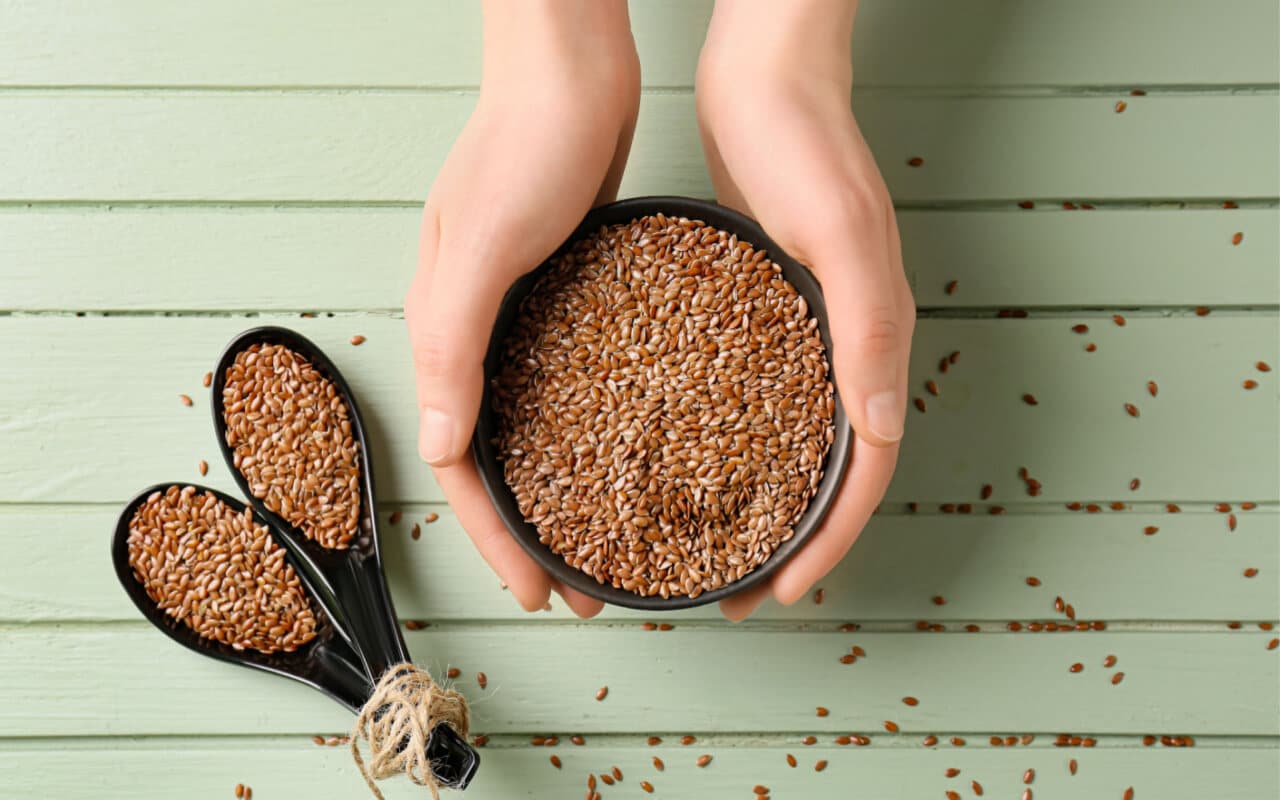

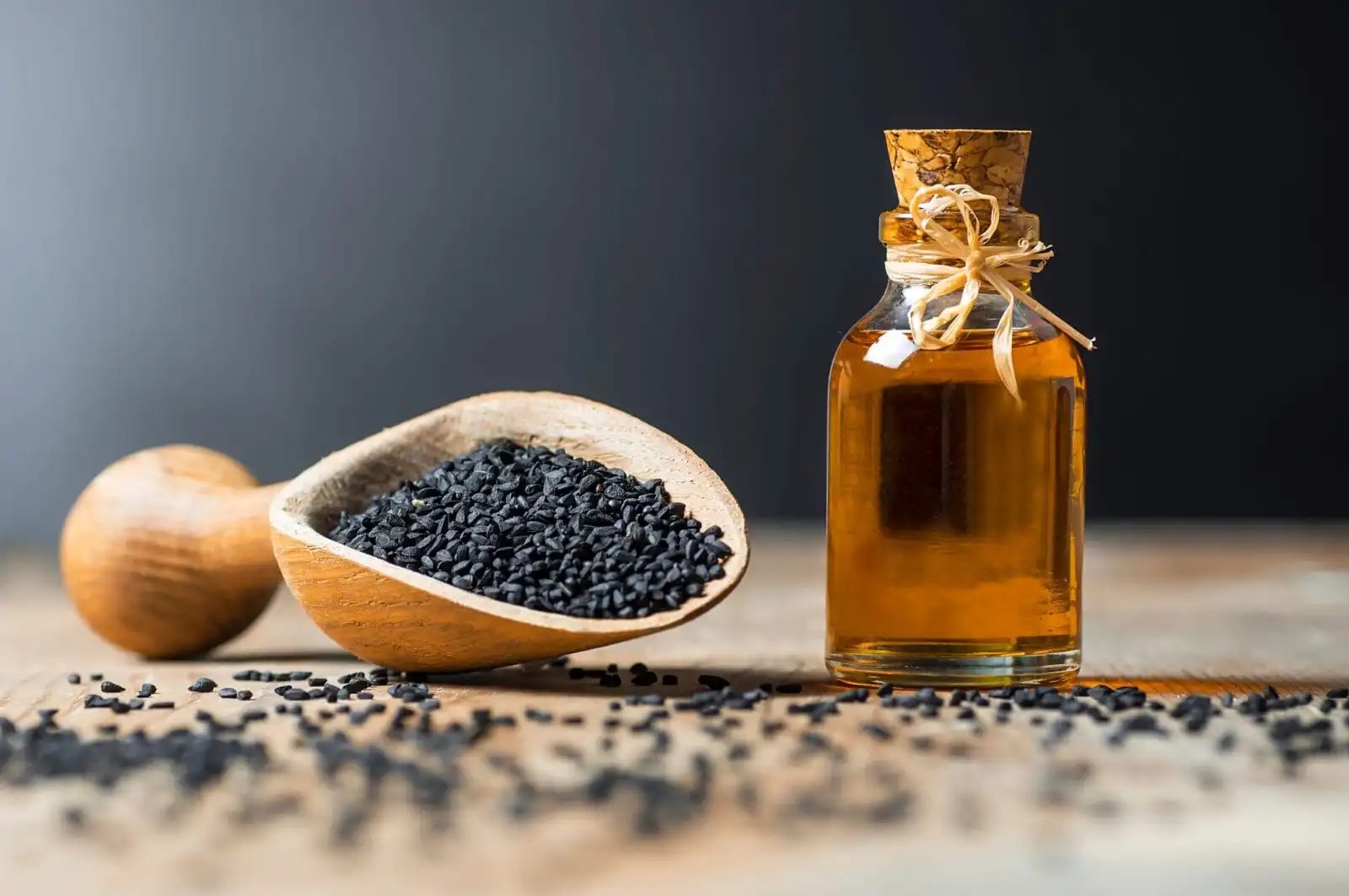

0 thoughts on “What Seeds Can I Plant In August”